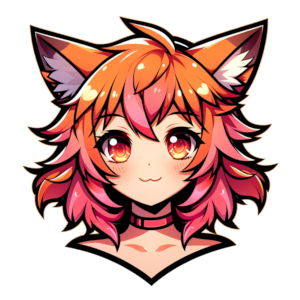Anime picture idolmaster №229561
Current status set by: セルゲイ
Date upload: 11/23/2012 12:10 PM
Date published: 11/23/2012 2:41 PM Downloads: 278
Resolution: 1001x1449 0.69 Size: 1.45MB
Color: palevioletred (146 130 123)
Artifacts degree: 16.5320
Smooth degree: 53.2273
Complex: 3.2197
Date upload: 11/23/2012 12:10 PM
Date published: 11/23/2012 2:41 PM Downloads: 278
Resolution: 1001x1449 0.69 Size: 1.45MB
Color: palevioletred (146 130 123)
Artifacts degree: 16.5320
Smooth degree: 53.2273
Complex: 3.2197
Favorites for
(A) Similar to
About artists
nattsu (pegimin):



